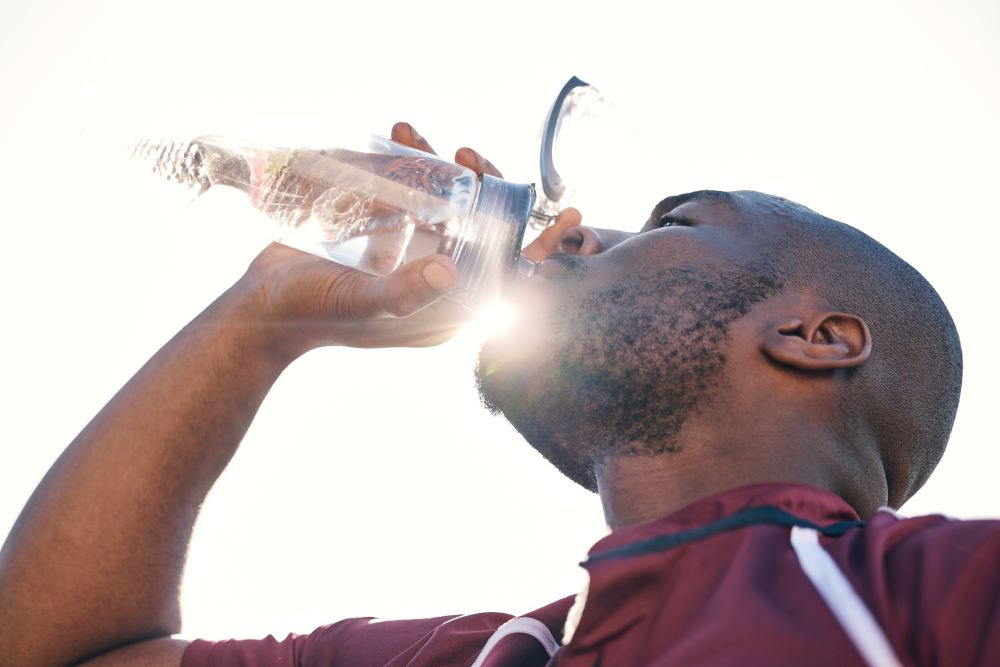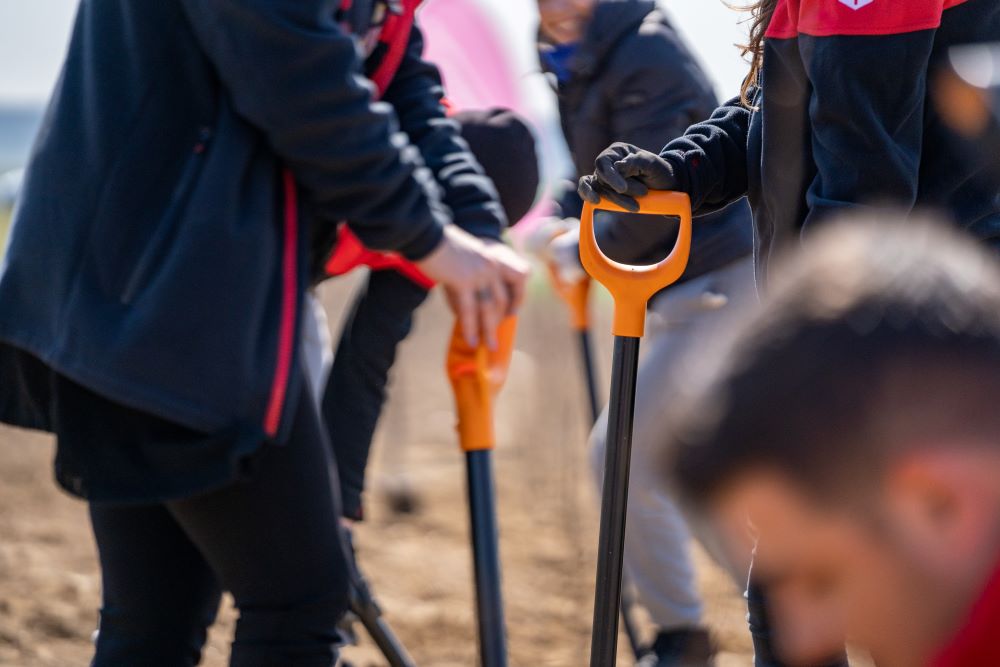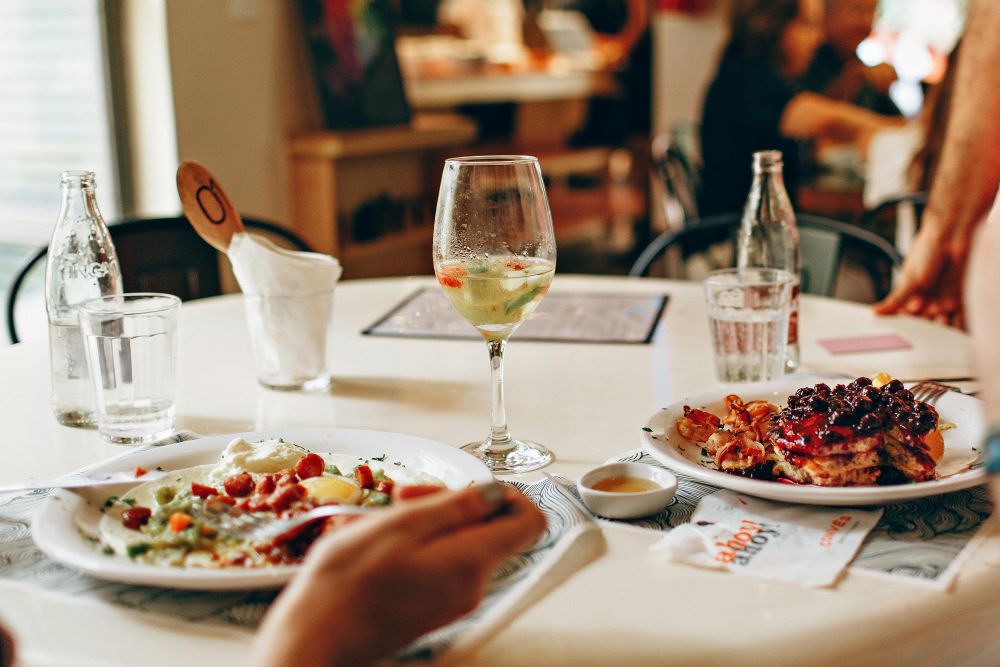While this guide provides recommendations primarily for traditional home gardens, the information may be useful in other situations, such as community gardens, market gardens, and unconventional approaches like container and raised bed gardens. A vegetable hand-picked from your own garden tastes better than anything you can buy in a store. Home gardens are convenient and may encourage you and your family to eat more fresh vegetables. View our How to Guide: Gardening in Winter Park. The choices are endless, with vegetables of all sizes, colors, and shapes.
Whether you’re a…
- new resident of Florida and “everything here is so different!”
- native or long-term resident who wants a “refresher course” or better results than you’re getting now
- snowbird looking for ways to keep your yard and gardens thriving, even when you’re not always here
…this section covers all the basics you need to know.
Vegetable gardening offers fresh air, sunshine, exercise, enjoyment, mental therapy, nutritious fresh vegetables, and economic savings, as well as many other benefits. Vegetables can be grown year-round in Florida if attention is paid to the appropriate planting dates. Planting dates and other vegetable gardening information are also available as a free mobile app called ‘Florida Fresh.’ Access an app provider for your mobile phone or download it from http://m. ifas.ufl.edu.
For convenience, locate the garden near the house on a well-drained site close to a source of water and in a location that receives at least six hours of direct sunlight daily. With proper care, vegetables may also be included in the landscape among ornamental plants. Coastal sites are also suitable. Where possible, rotate the garden from place to place to help control soil diseases and other pests.
Before planting, draw a garden plan that includes the name, location, and planting date(s) of the vegetables you want to grow. Make a list of supplies and order or purchase seeds early if you intend to grow your own transplants. Vegetables that are difficult to transplant should be seeded directly into the garden or started in containers first.
Non-Chemical Approaches
- Follow the recommended planting dates listed for each vegetable.
- Rotate vegetables each year so that the same vegetable or vegetable family members are not planted repeatedly in the same areas.
- Remove weeds around the garden. We do not recommend chemical weed control.
- Choose vegetable varieties with resistance or tolerance to nematodes and the diseases common in your area.
- Purchase transplants that are free of insects and disease symptoms (such as leaf spots or blights). Avoid transplants that are already flowering.
- Use lightweight row covers to provide a good barrier against insects. Remove when plants start flowering.
- Monitor or scout the garden twice a week for pest problems.
- Learn to identify beneficial insects (praying mantis, spiders, big-eyed bugs/assassin bugs, lady beetles, and all wasps).
- Plant flowers in the vegetable garden. Flowers provide nectar and pollen that attract beneficial insects.
- Harvest crops as soon as they are ripe. Allowing over-ripe fruits to stay on the plant often invites more insect problems.
- Remove unproductive plants from the garden as soon as possible and compost or dispose of them.
- Reduce nematode populations temporarily through soil polarization.
- Add organic matter to the soil to reduce nematode populations.
Using Pesticides Wisely
If you choose to use pesticides, follow label directions carefully.
- Learn to properly identify garden pests and use chemicals only when a serious pest problem exists. (Remember, plants can take a 10%–20% loss of leaves without a loss of potential yields.)
- Not every pesticide can be used on every vegetable and some pesticides cannot be used on vegetables at all. Make sure the vegetable and the pest are both on the label before you purchase a product.
- Follow the label directions for measuring and mixing pesticides. Pay attention to any “pre-harvest interval”—this is the time that must elapse between the application of the pesticide and harvest.
- Follow all safety precautions on the label and keep all people and pets out of the area until the spray has dried.
- Apply insecticides late in the afternoon or in the early evening when bees and other pollinators are less active.
- To reduce spray burn, make sure the plants are not under moisture stress. Water if necessary and let leaves dry before spraying.
- Products with metaldehyde as the active ingredient are extremely toxic to animals. This includes dogs and wildlife.
What To Plant And When
Spring There’s nothing like having homegrown vegetables right at your back door, and spring is the perfect time to prepare your beds for vegetables. Spring crops include sweet corn, cucumber, tomato, watermelon, and several kinds of beans. For best results, choose varieties recommended for Florida. You can plant seeds directly in the soil, use transplants, or start your own transplants six to eight weeks before planting time. For spring gardens in North and Central Florida, the planting time for most frost tender plants is in March. If you plant earlier, be prepared to cover your tender vegetables to protect them from late frosts. Frost hardy vegetables may be planted much earlier. Of course, in South Florida, you can plant “spring” vegetables in the fall and winter, up until February or March. Plant early enough so that your vegetables have time to mature before the heat of summer kicks in.
Summer If you’re up for the heat and humidity, you can even grow vegetables in the summer. A handful of vegetables will do well in the summer heat, including sweet potatoes, southern peas, cherry tomatoes, and okra. Some spring crops like peppers and eggplant may continue into the summer. If the plants are healthy, there’s no need to remove them if they’re still producing fruit. If you prefer to give your garden a rest during the summer, take advantage of the summer sun to solarize the soil. This kills nematodes, weeds, and other harmful pests with heat.
Fall In Florida, fall is an excellent time to start a vegetable garden. Cool-season vegetables to plant in October include broccoli, lettuce, carrots, Brussels sprouts, and radishes. If you’re planting in an area already used for spring and summer crops, be careful to remove all dead or diseased plant matter, including roots.
This article originally appeared in the April 2019 issue of Park Ave Magazine. Titled “How to Guide: Gardening in Winter Park” By Jason Flitton © Copyright 2019 – Park Ave Magazine. To read past issues of Park Ave Magazine, go to the “Editions” tab on the main menu of our homepage. To order past issues of Park Ave Magazine, please call (407)951-5341.




